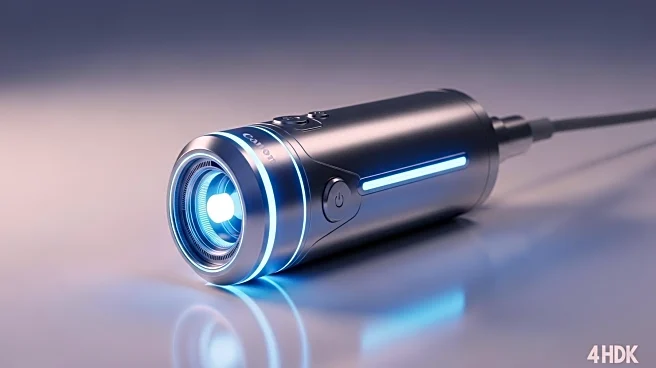What is the story about?
What's Happening?
Sanofi, in collaboration with Orano Med, has announced promising results from a Phase II clinical trial of their targeted radioligand therapy, AlphaMedix, aimed at treating advanced pancreatic tumors. The therapy demonstrated a 'clinically meaningful' overall response in patients with gastroenteropancreatic neuroendocrine tumors (GEP-NETs) who had previously undergone treatment. The trial met all primary efficacy endpoints, including overall response rate, and showed benefits in secondary endpoints such as progression-free survival and overall survival. The safety profile of the therapy was deemed manageable. Sanofi plans to present the full results at the European Society for Medical Oncology Congress later this month, which will also serve as a basis for discussions with health authorities.
Why It's Important?
This development is significant as it positions Sanofi as a formidable competitor in the radiopharmaceutical market, traditionally dominated by Novartis. Novartis has been a leader with its therapies Lutathera and Pluvicto, which have achieved substantial sales. The entry of Sanofi with promising data could potentially offer new treatment options for patients with GEP-NETs, a group with limited therapeutic choices. The success of AlphaMedix could lead to increased competition in the radioligand therapy market, potentially driving innovation and improving patient outcomes. This could also impact the market dynamics, with other pharmaceutical companies possibly accelerating their efforts in this field.
What's Next?
Sanofi's next steps involve presenting the complete trial data at the upcoming ESMO Congress, which could influence regulatory discussions and potential approval processes. The results may prompt Novartis and other competitors to enhance their research and development efforts to maintain their market positions. Additionally, the healthcare community will be closely monitoring the outcomes of these discussions, as they could lead to new treatment protocols for GEP-NETs. The broader implications for the pharmaceutical industry include potential collaborations or acquisitions as companies seek to strengthen their radiopharmaceutical portfolios.
AI Generated Content
Do you find this article useful?













